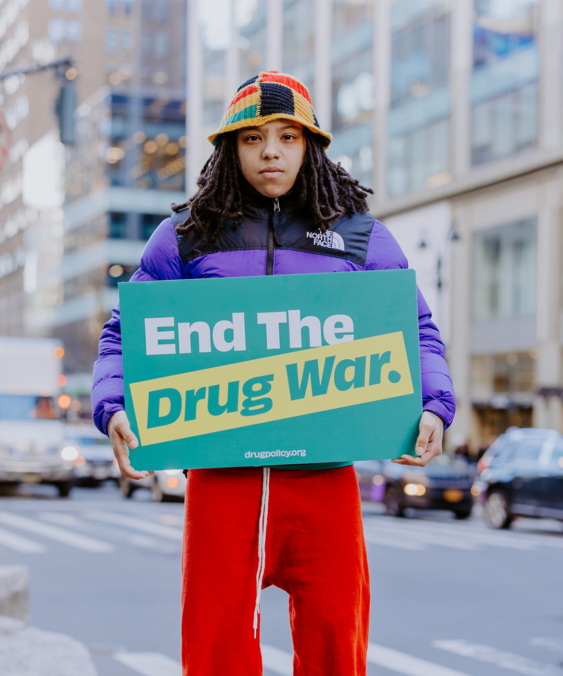
What happens if you mix fentanyl with other drugs?
Mixing fentanyl with other drugs can increase the risk of an overdose.
Mixing fentanyl with other drugs can increase the risk of an overdose, especially if the other drugs are opioids or depressants. Depressant drugs include alcohol, benzodiazepines (like Valium® and Xanax®), sedatives, and tranquilizers. When fentanyl is taken with these types of drugs, it can lead to drowsiness, sedation, unconsciousness, overdose, and death.
Most overdoses involving fentanyl and other opioids like heroin can be reversed if the person is immediately given oxygen and/or naloxone. Naloxone (also called Narcan®) is a drug that works to reverse an opioid overdose, including fentanyl overdose. However, overdoses that involve fentanyl and depressant drugs could require additional medical attention. This is because naloxone cannot reverse the effects of depressants.
Some people take fentanyl along with stimulant drugs like methamphetamine or cocaine. Stimulants cannot reverse opioid overdoses. In fact, they may put someone at risk of an overdose because someone might accidentally take too much fentanyl.
We need a health approach to fentanyl.
Due to drug prohibition, fentanyl is part of the illicit drug supply. Learn more about how drug decriminalization and investing in health, overdose prevention centers, and safer supply can keep people safer.
